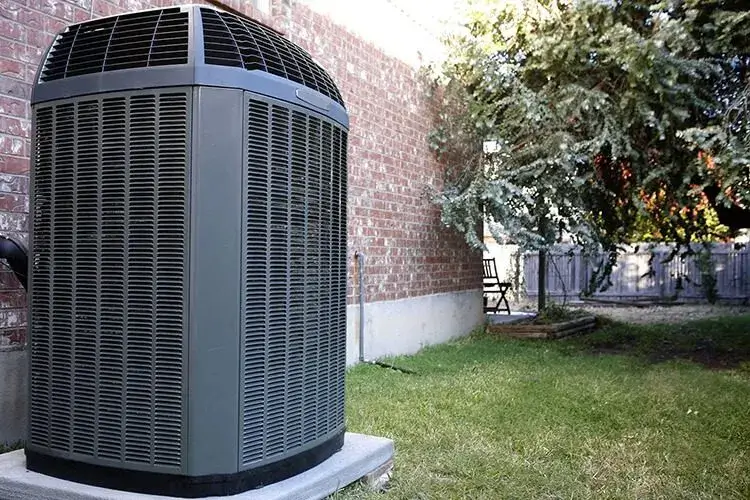Learn about your central air conditioning system
Summers in the Midwest can be incredibly hot and muggy, and Edwardsville, IL is no different. When this time of the year comes, people all over rely on central air conditioning units to keep their homes and their bodies cool during intense summer heat waves. However, while almost everyone has a central air conditioner, not many really understand how they work. Additionally, you can help keep your system in better shape by understanding the basic functions of your air conditioner. Read on to learn more about the parts of your a/c system and how they all work together to make you cool!
Central Air Conditioning Components
- Compressor – This part of your system is responsible for changing the liquid refrigerant into a gas, and back again into a liquid before being sent through the a/c lines to the indoor unit.
- Fan – The fan blows air over the outside coils and releases warm air into the air.
- Evaporator Coils – This part of the air conditioner takes warmth on the inside of your home and cools it.
- Refrigerant – None of this process would work without the refrigerant. It’s transformed in the coils from liquid to gas to cool the warm air blown over them.
- Blower – This part blows their air through the ductwork.
- Ductwork – This part of the system is tasked with delivering cool air all over your home.
- Thermostat – This is the brain of your central a/c unit. It reads the temperature, shuts the system on, and shuts the system off depending on the temperature in your home and your specific settings.
How Does a Central Air Conditioner Work?
Now that we understand what all the parts do, it’s time to take a closer look at how all of this works.
First, the refrigerant passes through the evaporator coils inside the unit. As the liquid refrigerant evaporates, it absorbs the heat that surrounds the coil.
Next, liquid refrigerant is sent to the compressor, which turns the liquid refrigerant into a gas that helps release excess heat into the air using the fan on the outdoor unit.
Still confused? Contact the pros at B & W with questions or to schedule service!


